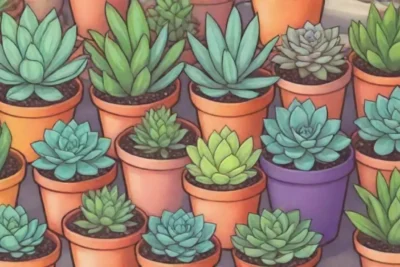
How Succulent Leaf Texture Relates to Light Requirements

Introduction
Succulents are among the most popular houseplants due to their unique aesthetic appeal and relatively low maintenance needs. With a diverse array of shapes, sizes, and colors, they have captivated the imaginations of plant enthusiasts worldwide. However, what many do not realize is that the remarkable leaf texture of succulents plays a crucial role in their ability to thrive under different light conditions. This relationship between leaf texture and light requirements can significantly impact their growth, health, and overall care.
In this article, we will delve deep into the intricacies of succulent biology, specifically focusing on how their leaf textures are adapted to varying levels of light. We will explore the physiological responses of succulents to light intensity, how this affects their leaf adaptations, and what this means for succulent care. By understanding these relationships, enthusiasts can better meet the needs of their succulents, ensuring they flourish in their chosen environments.
The Basics of Succulent Plant Adaptations
Succulents are classified as water-storing plants, typically characterized by their thick, fleshy leaves, stems, or roots. This unique trait enables them to survive in arid environments where water is scarce. The ability to store water is just one part of their adaptation to challenging conditions; another critical aspect is how their leaf structure influences their interaction with light.
Leaf Texture and Its Functions
The leaf texture of succulents can generally be categorized into smooth, waxy, or rough surfaces. Smooth leaves tend to have an epidermal layer that is either thin or moderately thick, making them less susceptible to water loss. In contrast, waxy or glaucous leaves possess a thick, glossy coating that reflects excess sunlight and reduces transpiration—water loss through evaporation. These adaptations are essential for preventing dehydration while maximizing photosynthetic efficiency.
The rough surface texture, often characterized by tiny hairs or bumps, serves to trap humidity and create a microenvironment that can reduce the effects of intense sunlight and wind. This mechanism can be particularly beneficial for succulents that are naturally found in high-intensity light settings, such as deserts or rocky outcrops. Essentially, the textural variations seen across different succulent species have evolved as effective survival strategies to cope with their native habitats’ light and water availability.
Understanding Light Requirements
Succulents are generally classified by their light preferences—full sun, partial sun, and low light. The light intensity and quality affect how succulents photosynthesize, grow, and ultimately thrive. Full sun succulents require direct sun exposure for most of the day, while partial sun or shade-loving varieties perform better in indirect light or filtered sunlight.
The inherent properties of their leaf textures determine how succulents respond to their light environments. For instance, succulents adapted to low light conditions usually exhibit thinner leaves with less surface area for maximum light absorption, as they depend largely on the limited light available to them. In contrast, those thriving in bright sunlight often showcase thicker leaves that are rich in water storage capabilities, allowing them to endure potent sun rays without suffering from leaf burn or water loss.
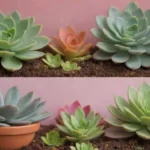 Seasonal Changes: Adjusting Light for Succulents Year-Round
Seasonal Changes: Adjusting Light for Succulents Year-RoundThe Role of Cell Structure in Leaf Texture
Delving deeper into the cellular structure of succulent leaves, it becomes apparent that these plants possess special adaptations that correlate with their light and water strategies. The major components influencing leaf texture include the epidermal cells, parenchyma tissues, and stomata.
Epidermal Cells and Leaf Texture
The outermost layer of a succulent leaf is composed of specialized epidermal cells that extend in various formats based heavily on their environmental needs. For instance, plants in high-light conditions may present a thicker and waxier epidermis, contributing to a shiny appearance. This not only serves as a barrier against intense solar radiation but also minimizes water loss during hot temperatures.
When succulents experience low light, the epidermal structure tends to be thinner and less reflective, allowing the plant to absorb as much light as possible for photosynthesis. This structural difference highlights how succulent leaves are evolutionarily fine-tuned to harness available light effectively while simultaneously mitigating the risk of excess dehydration.
Parenchyma Tissues and Water Storage
Beneath the epidermis lies the parenchyma, a tissue largely responsible for water storage. The composition and arrangement of these cells vary among species, with thick-walled cells designed to retain moisture becoming more common in succulents that thrive in bright environments. This capacity to store water is essential, as even succulents adapted to full sun need to reserve hydration for use when water is less available.
For succulents that flourish in shaded areas, the amount of parenchyma tissue may be reduced, and leaf cell density may be lower. This allows these plants to maintain an agile response to light shifts by balancing their water storage capabilities with their overall photosynthetic needs. Understanding these roles highlights how crucial the internal organization of succulent leaves is concerning their specific light requirements.
Stomatal Density and Environmental Adaptations
The presence and density of stomata—tiny pores that regulate water loss and gas exchange—also differ based on the plant's light environment. In general, succulents exposed to bright sunlight will have a lower stomatal density to minimize excess water loss, while those in low-light conditions can afford a denser arrangement of stomata to facilitate gas exchange and maximize light capturing.
For example, certain Cacti species found in harsh desert climates are known for their adaptations that involve crassulacean acid metabolism (CAM), enabling them to open stomata primarily at night. This adaptation conserves water while ensuring they can still engage in photosynthesis during daylight. Thus, the placement and frequency of stomata on succulent leaves can reveal much about their environmental preferences and, consequently, their needed light levels.
 Best Succulent Species for Bright Windows and Limited Sunlight
Best Succulent Species for Bright Windows and Limited SunlightPractical Applications of Understanding Light Requirements
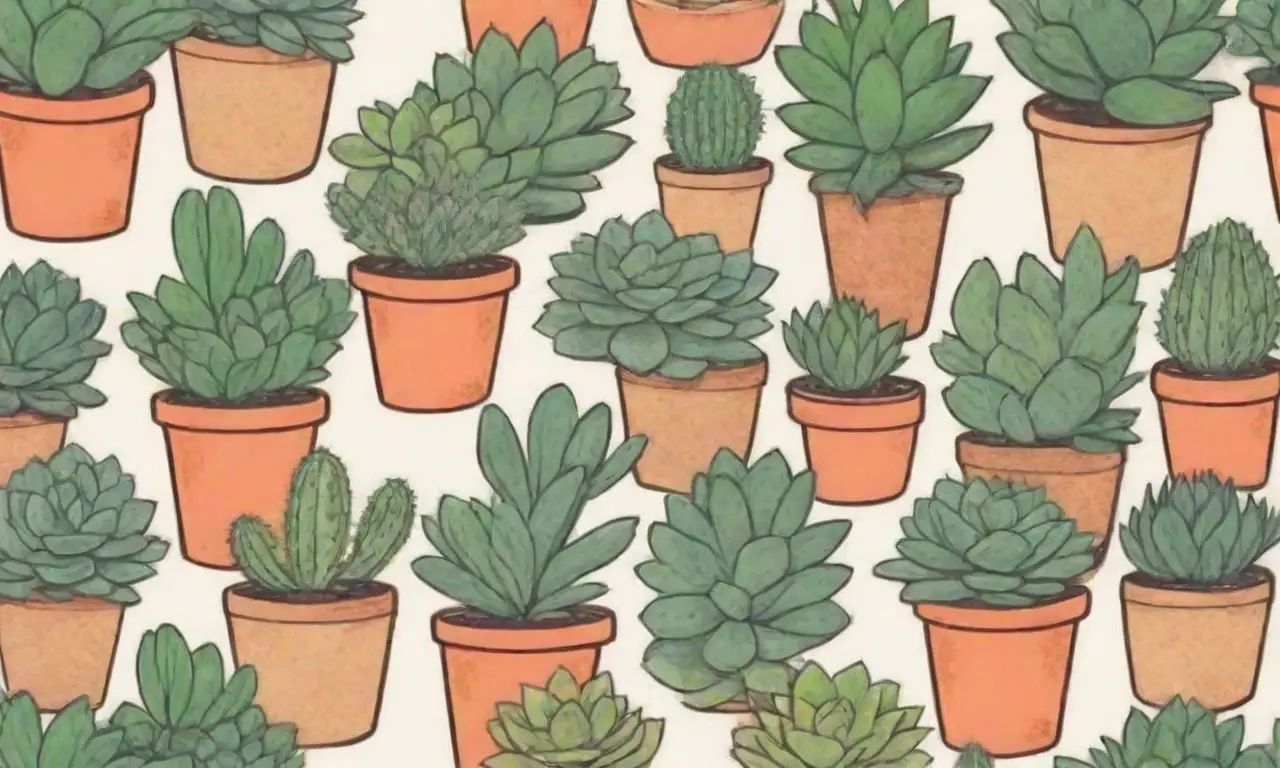
Recognizing the connection between leaf texture and light requirements can significantly improve how we care for succulents. This section will discuss practical implications of this knowledge for novice plant parents and seasoned collectors alike.
Optimizing Light Exposure in Home Environments
When choosing a placement for your succulents, consider their inherent light preferences based on their leaf textures. Full-sun succulents, such as Echeveria and many Haworthia species, do best in south-facing windows where they can soak up maximum sunlight. Their leathery, waxy leaves require this exposure to thrive. Conversely, if a suitable spot isn't available, using grow lights can help replicate those bright conditions.
For those who own succulents with a fine texture, such as Zamioculcas zamiifolia (commonly known as the ZZ plant), it’s best to place them in brighter but indirect light. This matches their need for sufficient light without risking the adverse effects of leaf burn or dehydration.
Adjusting Care Regimens According to Leaf Texture
Alongside understanding light exposure, it’s essential to adapt your overall care routine based on leaf texture and its correlation to water requirements. Plants with thicker, more fleshy leaves generally require less frequent watering, as their ability to store water allows them to endure longer periods of dryness. In contrast, succulents with thinner leaves may need more diligent watering—though still allowing for complete drying between waterings—to ensure their survival.
Fertilization practices should also be adjusted in connection with light exposure. Succulents in bright light may require a balanced fertilizer to support their photosynthetic growth, while those in more shaded areas might thrive on less nutrient input as their growth rate tends to be slower. Understanding how these factors interact can lead to healthier plants that fully embody the beauty and resilience of succulents.
Educating Others and Sharing Knowledge
Lastly, an increased awareness of how succulent leaf texture relates to light requirements can fuel educational opportunities among the gardening community. Sharing information with fellow plant lovers and engaging in forums can help others discover the vital importance of understanding a plant's needs, reducing the likelihood of common care mistakes such as overwatering or underexposure. Whether it’s participating in local gardening clubs, social media groups, or online discussions, incremental knowledge sharing enhances the overall success of maintaining healthy succulents.
 Top Tips for Positioning Succulents Based on Light Availability
Top Tips for Positioning Succulents Based on Light AvailabilityConclusion
Understanding the profound relationship between succulent leaf texture and light requirements unlocks a deeper appreciation for these incredible plants. Each type of succulent, with its unique adaptations, offers insights into how these hardy organisms have evolved to survive and thrive within varying environmental conditions. From the thick, waxy leaves of sun-loving species to the delicate, fine textures of shade-preferring varieties, each leaf tells a story of adaptation and resilience.
By being attuned to the needs of succulents based on their leaf texture, gardeners can ensure that they provide optimal care tailored to their plants’ unique light environments. Such awareness can transform the succulent care experience from a simple hobby into a deep-rooted passion. The knowledge gained can inspire not only improved plant care but also foster community education, ensuring the longevity of this beloved plant family.
Ultimately, let each succulent serve as a reminder of the complex interplay between form and function. By respecting their individual needs as determined by their leaf textures and corresponding light requirements, we can cultivate a flourishing indoor garden that showcases the beauty and diversity of succulents. Happy gardening!
If you want to read more articles similar to How Succulent Leaf Texture Relates to Light Requirements, you can visit the Light preferences category.

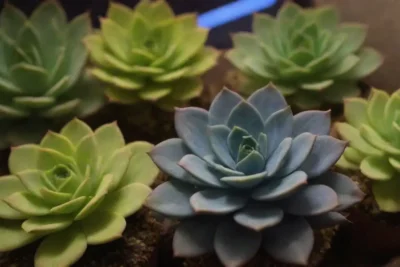
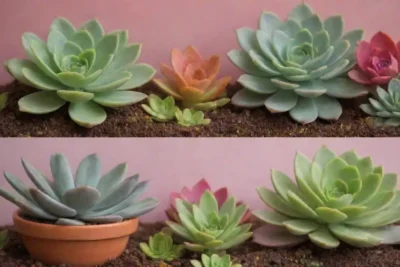
You Must Read